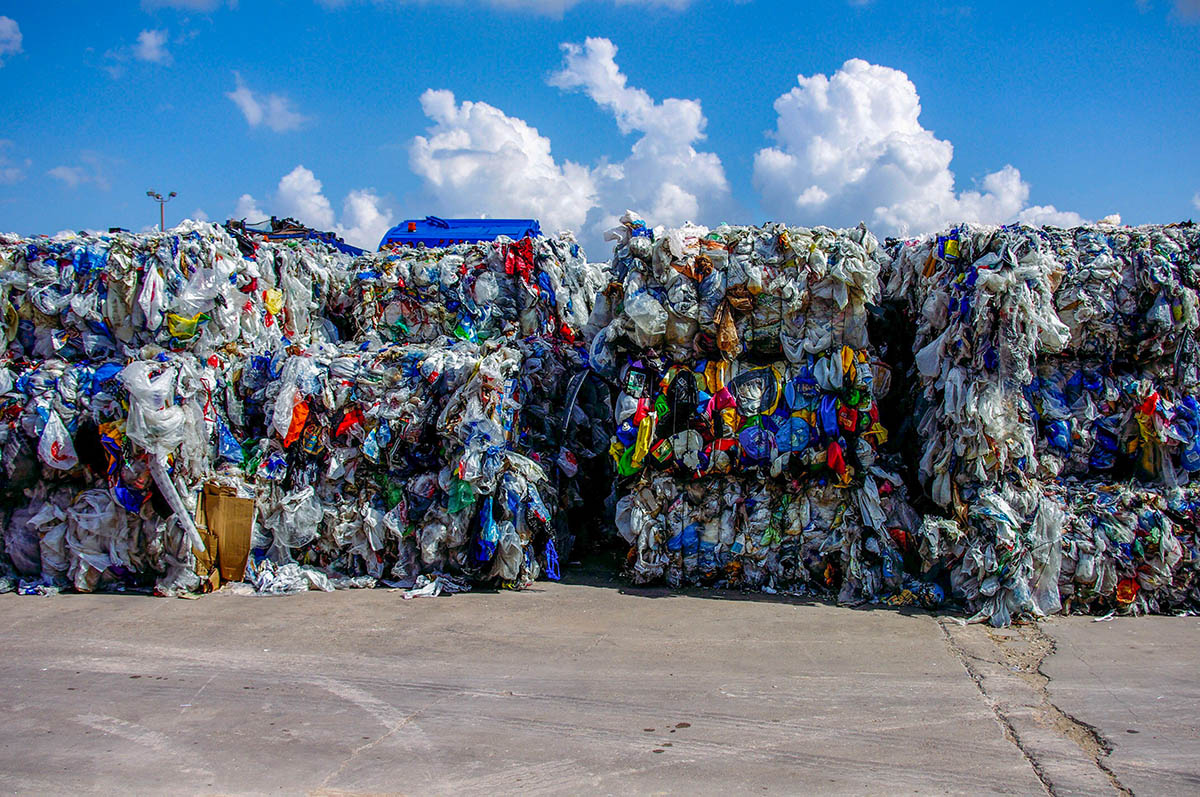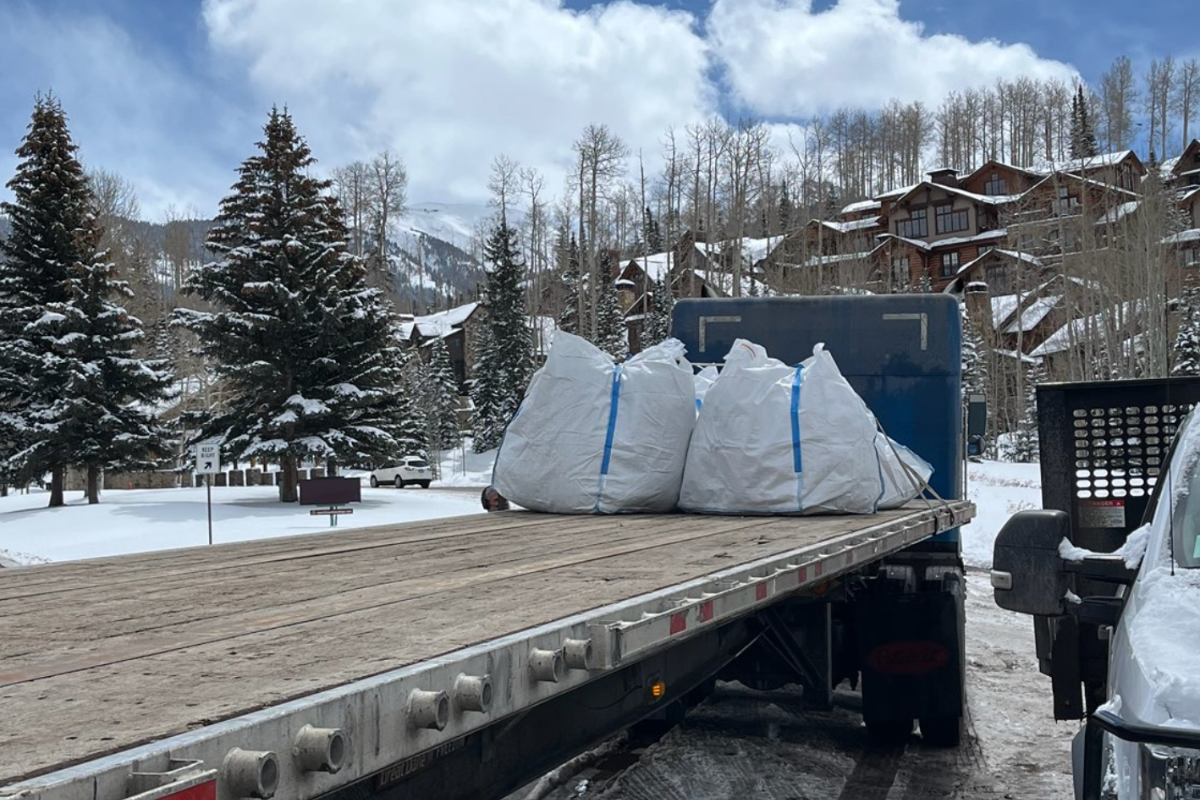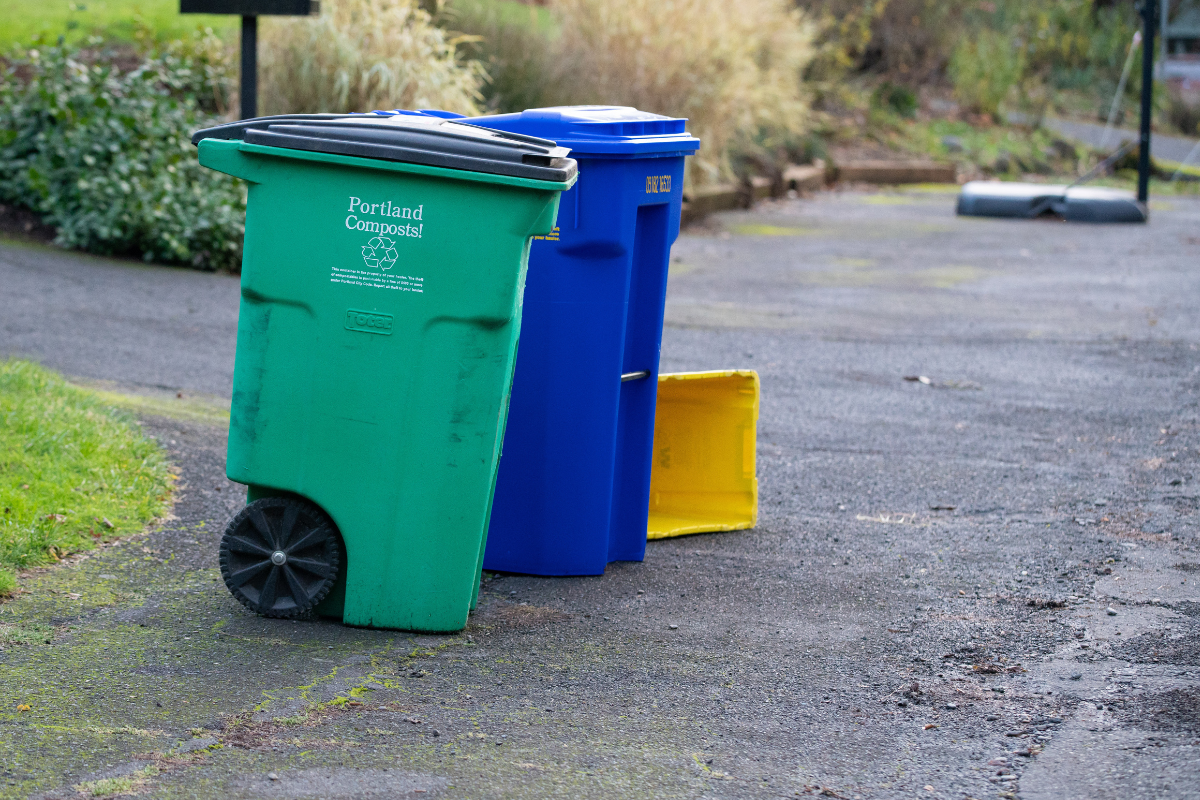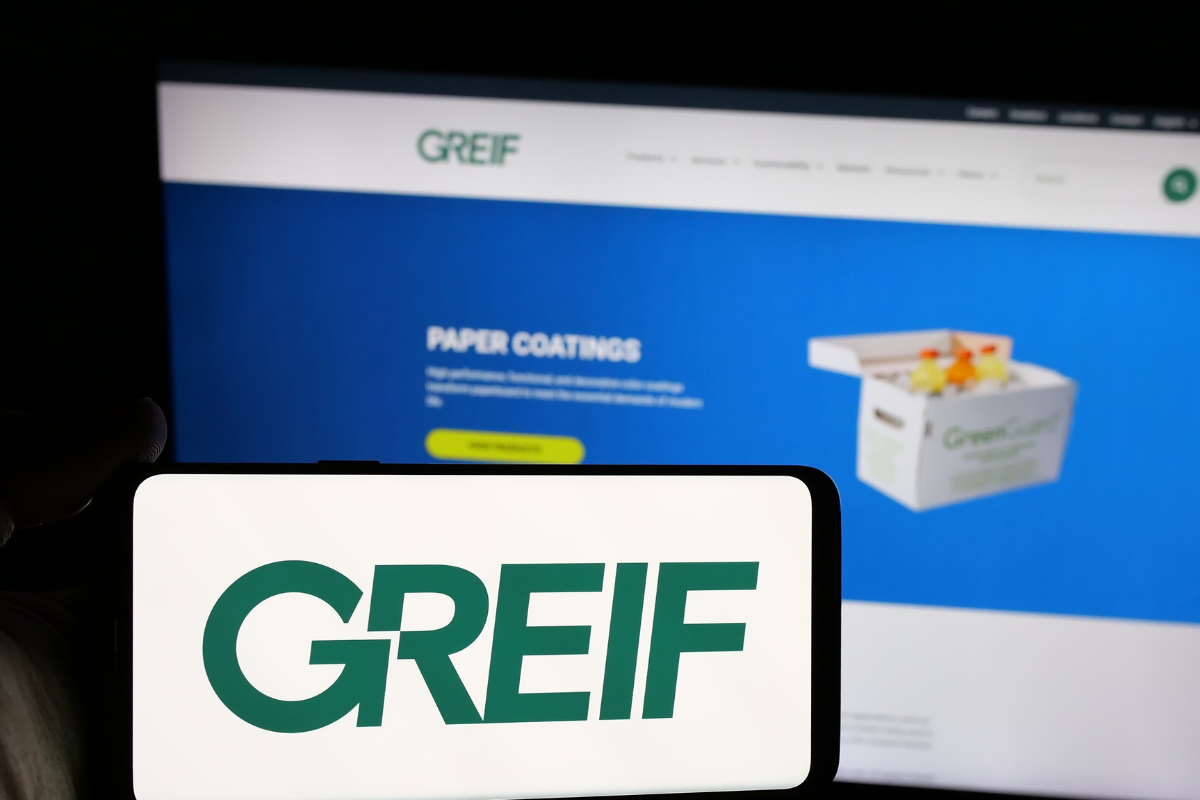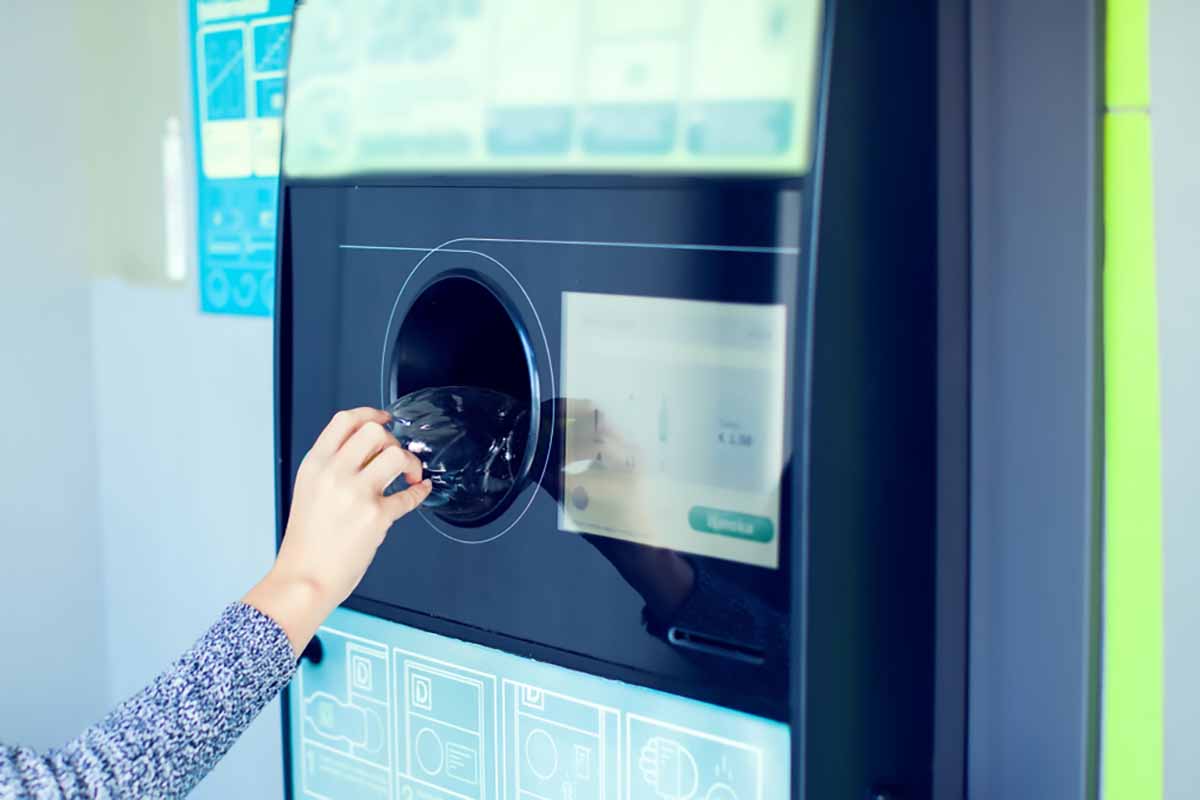PET resin previously was not subject to the 2025 tariffs, and the move drew comment from APR but added to market confusion. | BigPixel/Shutterstock
Editor’s note: This is a developing story.
US President Donald Trump has expanded tariffs to include PET resin as of Sept. 8, according to a new executive order. The move drew comment from the Association of Plastic Recyclers (APR) because of its expected impact on imported resin, but added uncertainty to the market.


